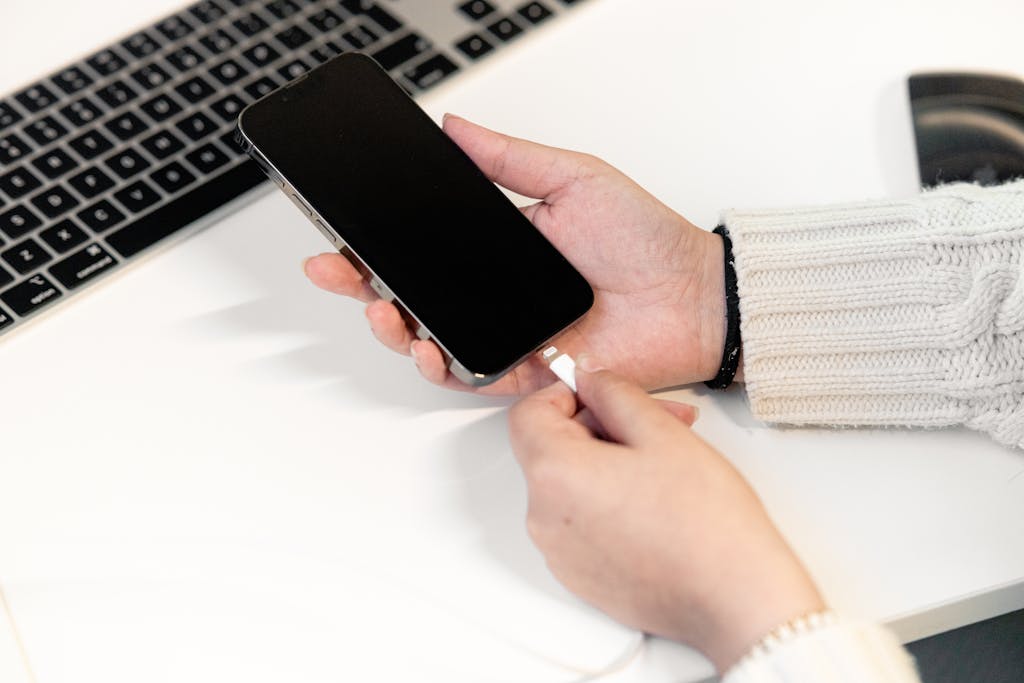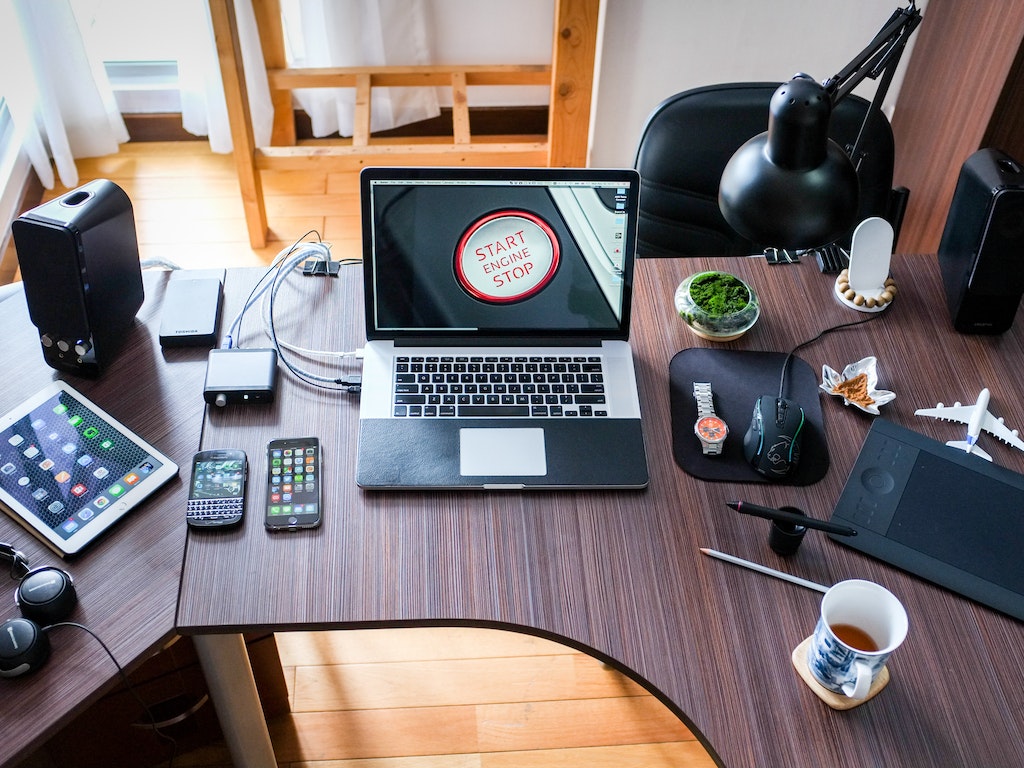In today’s fast-paced world, our smartphones are practically extensions of ourselves. Whether for work, communication, or entertainment, we depend on them constantly. However, most of us unknowingly engage in charging habits that can dramatically reduce the lifespan of our phone’s battery. If you’ve noticed your phone dying faster than it used to, your charging routine could be the culprit. Here are the top 5 common mistakes when charging your phone—and what you can do to protect your battery and keep your phone lasting longer.
1. Charging Overnight: The Silent Battery Killer
It might seem harmless to charge your phone overnight while you sleep, but in reality, it can slowly degrade your battery. Modern smartphones have safeguards against overcharging, but once your phone hits 100%, it constantly receives a trickle charge to keep it there, leading to unnecessary wear and tear. Over time, this can diminish your phone’s overall battery capacity.
Why It’s Harmful
Even though the charge slows down after hitting 100%, the phone remains in a high-stress state, which contributes to heat buildup—one of the worst enemies of lithium-ion batteries. This excess heat over time can reduce your battery’s health significantly.
Fix
Try charging your phone before bed or after waking up, aiming to keep it in the 20-80% charge range. Many modern smartphones now come with “optimized battery charging” settings, which delay full charging until right before you wake up, reducing the time your phone spends at 100%. Enabling this feature can save your battery in the long run.
2. Using Your Phone While Charging: A Double Hit
We’ve all done it—scrolling through social media, texting, or playing games while our phone is charging. But this is one of the worst habits for your battery. Not only are you pulling power from the charger, but you’re also draining it at the same time. This creates extra strain and causes your phone to heat up significantly.
Why It’s Harmful
Your phone generates heat naturally when in use, but when it’s charging simultaneously, this heat can be amplified. Prolonged exposure to heat speeds up battery degradation, shortening its overall lifespan.
Fix
Try to avoid using your phone while it’s plugged in, especially for high-power activities like gaming or video streaming. If you absolutely need to use it, keep it light—texting or reading an article is better than loading up a heavy app.
3. Letting the Battery Completely Drain: A Cycle-Killer
Draining your battery all the way to 0% regularly is a major mistake. Lithium-ion batteries, which are used in most modern smartphones, are designed to work best when they maintain some charge. Letting them die completely puts a lot of stress on the battery, which leads to fewer charge cycles over time—meaning the battery won’t last as long as it could.
Why It’s Harmful
Each time your battery hits 0%, you’re using one full charge cycle. The fewer full cycles a battery has, the faster it degrades, resulting in a phone that can’t hold a charge for as long. Moreover, constantly pushing your battery to its limits can lead to long-term capacity loss.
Fix
Charge your phone when it drops to 20-30% and unplug it around 80-90%. This is considered the “sweet spot” for maintaining optimal battery health. This strategy helps preserve your battery’s cycle count and ensures longer overall battery life.
4. Using Cheap, Off-Brand Chargers: A Risky Shortcut
We’ve all been tempted to buy those inexpensive, off-brand chargers for convenience or as replacements. However, using low-quality chargers and cables that aren’t specifically designed for your device can damage your phone. Inconsistent voltage or poor-quality components in cheap chargers can result in overheating, poor charging efficiency, and even electrical surges that damage your battery and phone.
Why It’s Harmful
Poor-quality chargers lack the safety features that protect your phone from overvoltage, overheating, and short-circuiting. They also tend to charge more slowly and can deliver inconsistent power, which over time damages the battery’s ability to hold a charge.
Fix
Stick to manufacturer-approved chargers or buy from trusted third-party brands that meet industry safety standards. These might be more expensive, but they are designed to regulate charging and protect your phone from electrical damage.
5. Charging in Extreme Temperatures: Too Hot or Too Cold
Charging your phone in an environment that’s too hot or too cold can be incredibly damaging. Extreme temperatures—whether from leaving your phone in the sun or charging it in a cold car—can drastically affect the battery’s performance and lifespan. Heat is particularly damaging and can cause a battery to swell or even explode in rare cases.
Why It’s Harmful
In high temperatures, your battery cells deteriorate faster. Cold temperatures, on the other hand, slow down the chemical reactions inside your battery, making it charge slower and potentially leading to permanent damage if charged in freezing conditions for long periods.
Fix
Only charge your phone in temperature-controlled environments—ideally between 50°F and 86°F (10°C to 30°C). Avoid charging in direct sunlight, near heaters, or in cold vehicles. If your phone has been exposed to extreme temperatures, allow it to return to room temperature before plugging it in.
Takeaways for a Healthier Battery
In our constant quest to stay connected, we often neglect the long-term health of our phone’s battery. With just a few simple changes—like avoiding overnight charging, using high-quality chargers, and maintaining the right charging habits—you can significantly extend your phone’s battery life and enjoy better performance for years to come. Smart charging isn’t just about keeping your phone powered; it’s about protecting your investment.
Disclaimer
The information provided in this article is for general knowledge and educational purposes only. Battery performance may vary based on device and usage, and the advice here may not apply to every smartphone model. Always refer to your phone’s user manual for specific charging guidelines. If you experience any issues with your phone’s battery, consult with a professional technician or the manufacturer.




